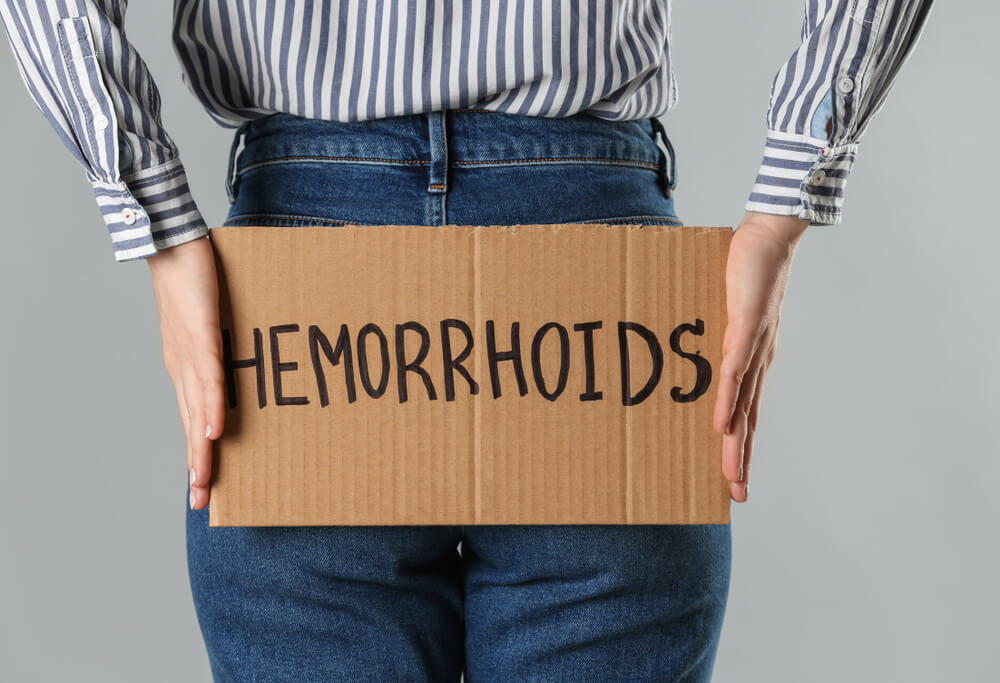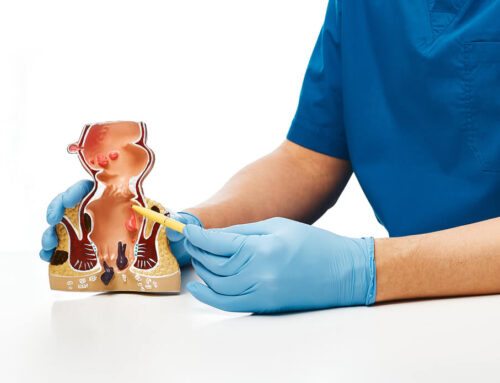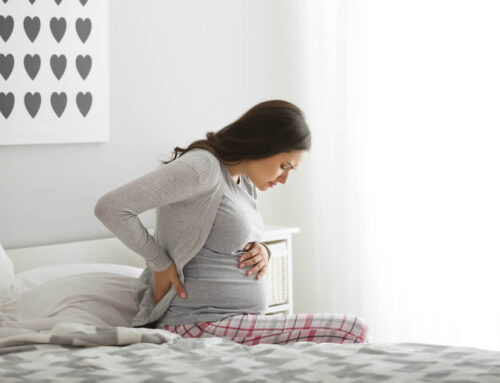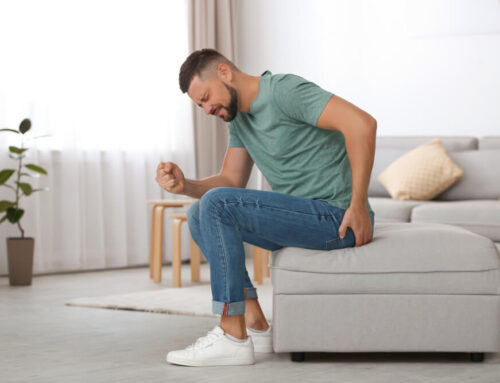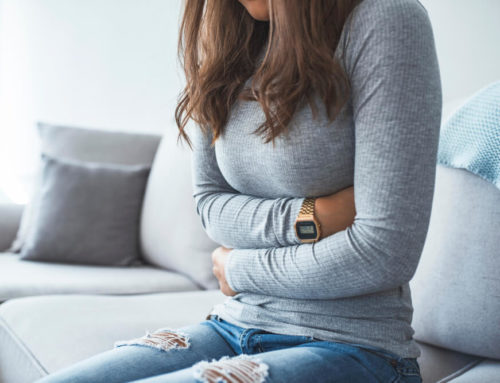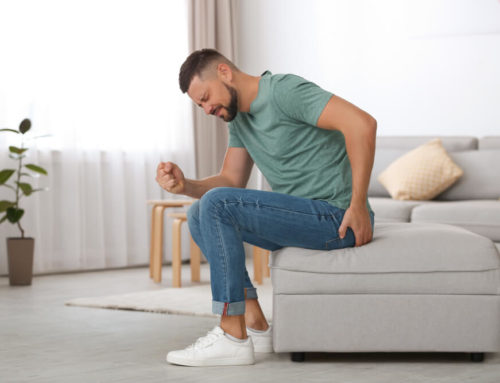Hemorrhoids are among the most frequent health issues many face, but few are willing to talk about. In fact, approximately three out of four adults face this health condition from time to time.
Various factors can cause hemorrhoids, but it’s also important to know that there are different types of hemorrhoids, each with specific characteristics. This article explains the features of the thrombosed hemorrhoid, internal hemorrhoid, and much more.
Fortunately, most of them go away on their own. However, you may want to consult a surgical physician if complications arise.
With this in mind, let’s go through the types of hemorrhoids, symptoms, treatment methods, and more.
What are Hemorrhoids: The Definition
Hemorrhoids, or piles, are veins in the lower rectum or anus that are swollen (they can be compared to varicose veins). Hemorrhoids can either develop under the skin around the anus (these are external hemorrhoids) or inside the rectum (also known as internal hemorrhoids).
Types of Hemorrhoids and the Symptoms
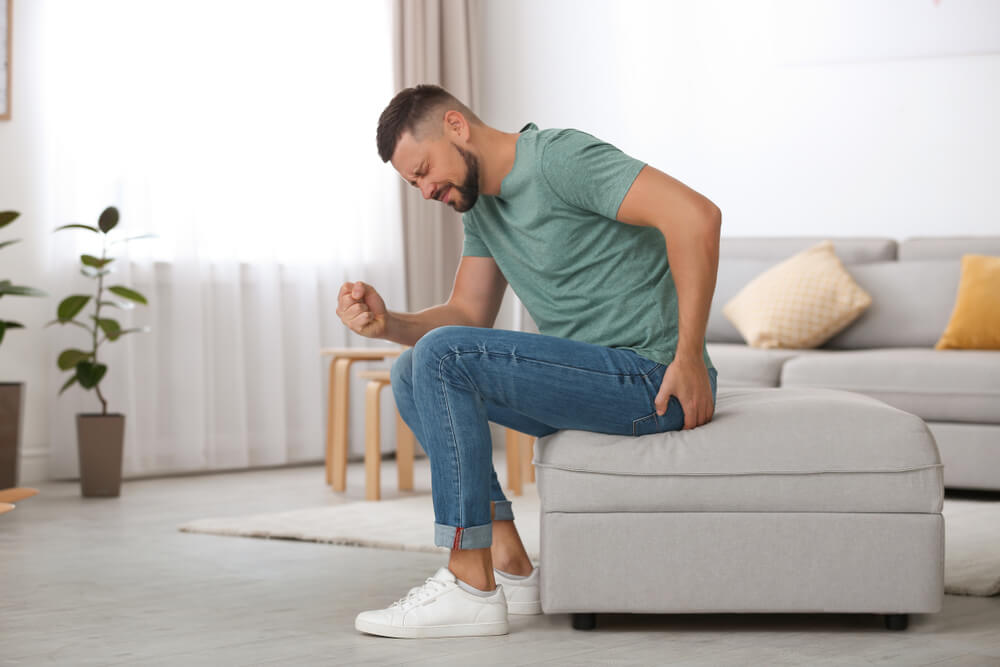
There are two main types of hemorrhoids, internal and external. The type will depend on where the swollen vein appears. Prolapsed hemorrhoids are the third type, and this refers to a hemorrhoid that bulges outward from the anal opening.
Here are some must-know facts about each type.
Internal Hemorrhoid Facts
This type of hemorrhoid develops inside a person’s rectum. Typically, they are invisible to the eye, and you also can’t feel them. Also, internal hemorrhoids usually do not cause pain or discomfort. However, irritation or straining during a bowel movement can cause the following:
- A protruding or prolapsed hemorrhoid, resulting in irritation and pain.
- Pain-free bleeding when passing stool. People who experience this may notice tiny amounts of blood on the toilet tissue or inside the toilet. It’s important to remember that the blood is bright red.
The prognosis for this type of hemorrhoid is good. The majority of internal hemorrhoids resolve fast, and the recurrence rate with proper medical management ranges from 10 to 50%. Moreover, the recurrence rates post a surgical hemorrhoidectomy is less than 5%.
Unfortunately, in some cases, internal hemorrhoids can cause hemorrhage. Luckily, hemorrhage is highly unlikely with the proper treatment and some patience. Other complications associated with internal hemorrhoids include ulceration, pain, fulminant sepsis, and delayed hemorrhage.
External Hemorrhoid Facts
More painful types of hemorrhoids are of the external kind. This type is located under the skin of the anus, and common symptoms include:
- Discomfort or pain
- Swelling around the anus
- Irritation and itching in the anal region
- Bleeding
As mentioned earlier, prolapsed hemorrhoids are also common. Both external and internal hemorrhoids can prolapse, which means they can stretch and bulge outside of the anal opening. Usually, these types of hemorrhoids will bleed and cause discomfort.
However, blood from external hemorrhoids is minimal. If you notice significant amounts of bright red or deep red blood in your stool, immediately contact your healthcare provider.
What is a Thrombosed Hemorrhoid?
Thrombosed hemorrhoids can become a concern when left untreated. When the blood pools in the external hemorrhoids and it forms a thrombus or a clot, it can lead to the following:
- Inflammation
- Swelling
- Severe pain
- A hard lump close to the anus
Overall, a thrombosed hemorrhoid isn’t dangerous. However, it can be excruciating.
The primary treatment for a thrombosed hemorrhoid is an external thrombectomy, a simple procedure. You will want to book a schedule for hemorrhoid surgery at a reputable clinic. Fortunately, the procedure is simple, quick, and pain-free. After your doctor administers local anesthesia, they will create a small cut in the clot and drain it. Keep in mind that this procedure for a thrombosed hemorrhoid will work best if you notice the issue fast. Also, you may still experience some pain post-surgery.
The Difference Between Anal Fissures and Hemorrhoids
Anal fissures and hemorrhoids have similar symptoms (such as bleeding, pain, and itching), so people usually confuse one for the other. However, a tear in the lining of your anus will lead to an anal fissure, while hemorrhoids develop due to swollen veins. Always consult with a healthcare professional for expert advice and guidance when in doubt.
Typical Causes of Hemorrhoids
Whether you’re suffering from internal hemorrhoid problems or any types of hemorrhoids, these are the most common causes that may have gotten you there in the first place:
- Pushing too hard during a bowel movement (usually due to constipation)
- Pelvic pressure from gaining weight, typically during pregnancy
- Straining when weightlifting or lifting heavy objects
Overall, most types of hemorrhoids result from straining that boosts pressure on the lower extremities and the stomach.
What are the Hemorrhoid Symptoms?
Since people with internal hemorrhoid problems usually don’t feel any pain, the condition often goes unnoticed. But, of course, if the hemorrhoids prolapse, this may become an issue you want to discuss with your doctor.
With this in mind, people with internal hemorrhoids may see bright red blood in their stool, in the bowl of the toilet, or on the toilet paper.
Symptoms of external hemorrhoids include:
- Rectal bleeding
- Aches and pain in the anus, especially when you are sitting
- Anal itching
- Hard lumps near the anus that are tender to the touch and sore
One of the most painful types of hemorrhoids are prolapsed hemorrhoids.
Hemorrhoids and the Diagnosis
Your healthcare professional will diagnose hemorrhoids based on the physical exam and your symptoms. You may also require the following:
- An anoscopy (your doctor will use a lighted tube or an anoscope to check the rectum and the lining of the anus)
- Sigmoidoscopy (with a sigmoidoscope, your doctor will check the rectum and the lower part of the colon)
- Digital rectal exam (your doctor will check for swollen veins by inserting a gloved and lubricated finger into your rectum)
At-Home Hemorrhoid Treatment
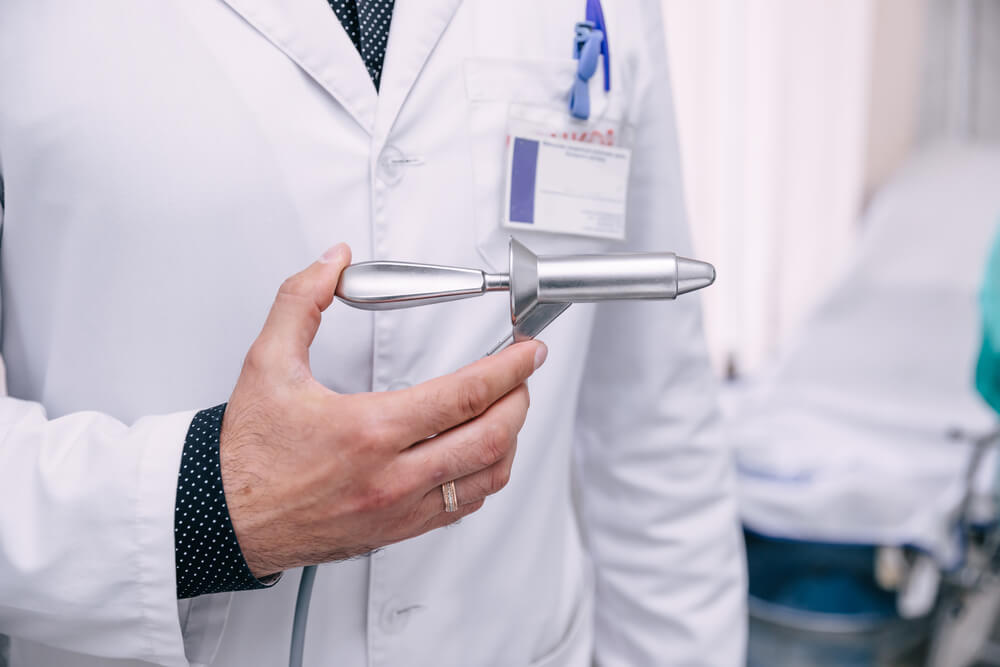
Most hemorrhoids will disappear on their own, and you don’t need any special treatment. However, if the symptoms don’t go away in a week or they get worse, you will want to consult a professional immediately. In the meantime, here are some easy, at-home remedies for hemorrhoid treatment:
- Drink more water to keep yourself hydrated
- Boost your fiber intake through supplements and diet (try to get at least 20 grams of fiber per day)
- Consider taking laxatives to soften your stool
- Apply medications that contain witch hazel and lidocaine to the affected area
- Take over-the-counter medicine for inflammation
- Reduce strain (for example, if you are constipated, do not push hard)
Eating fiber-rich, nutrient-dense foods is crucial for preventing and treating hemorrhoids. Namely, foods high in fiber such as broccoli, cauliflower, whole-grain bread, oatmeal, avocados, beans, and lentils will make your stool softer and help you have a more effortless bowel movement. As a result, you won’t have to strain yourself, and there will be no risk factor for hemorrhoids. You also want to ensure you hydrate your body with mineral water, clear soups, and fruit juices to soften your stool further.
Book an Appointment Today
Our friendly team of skilled and experienced medical professionals will help you prioritize your health. If you or a loved one are struggling with hemorrhoids or any health-related issues, schedule an appointment today.


